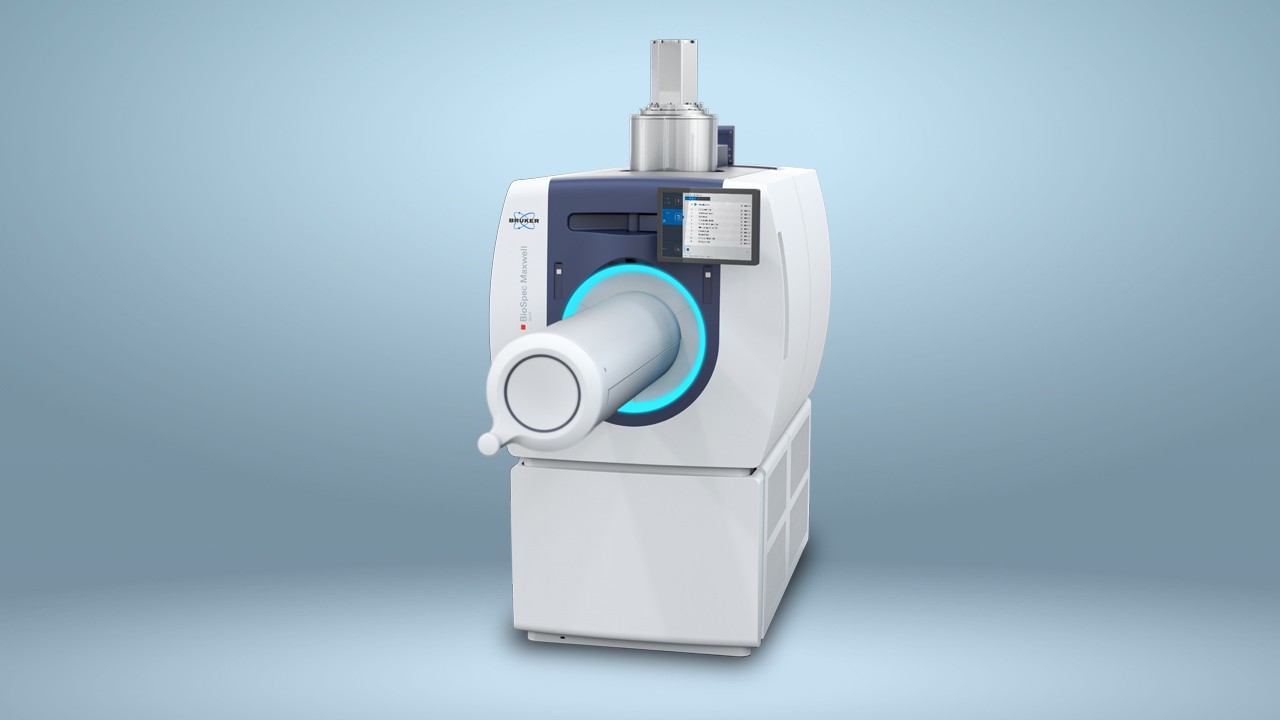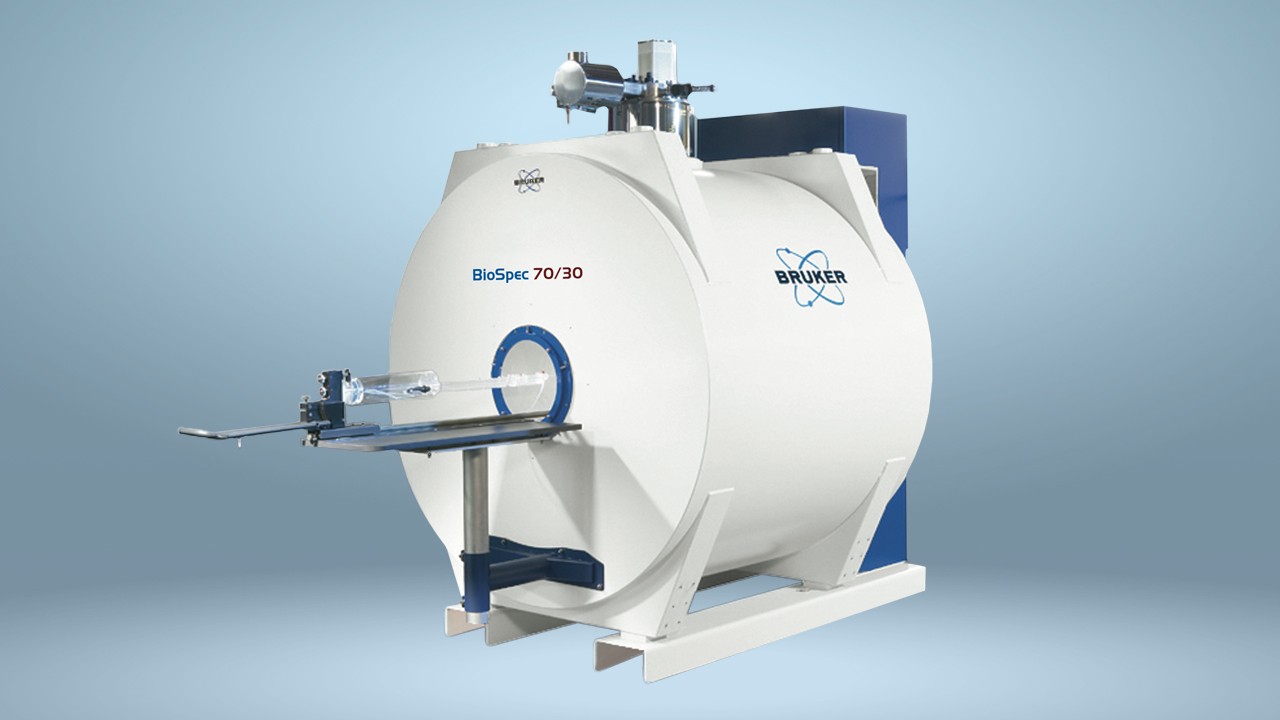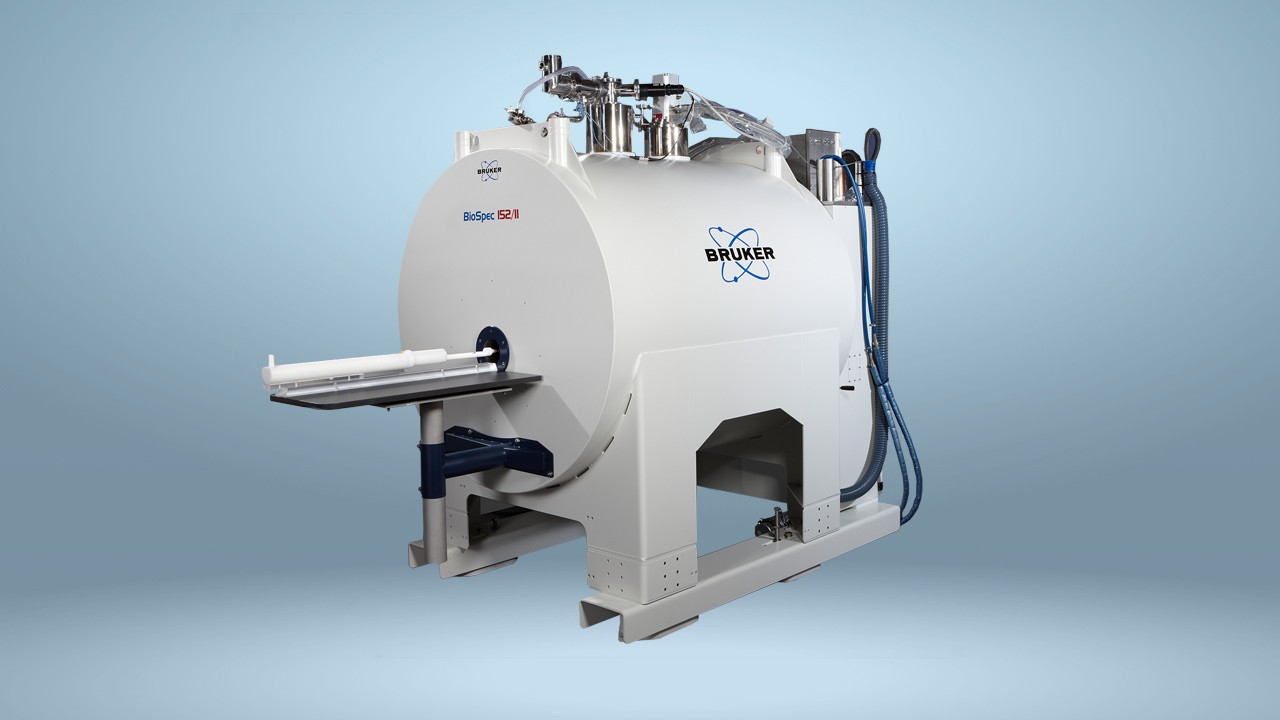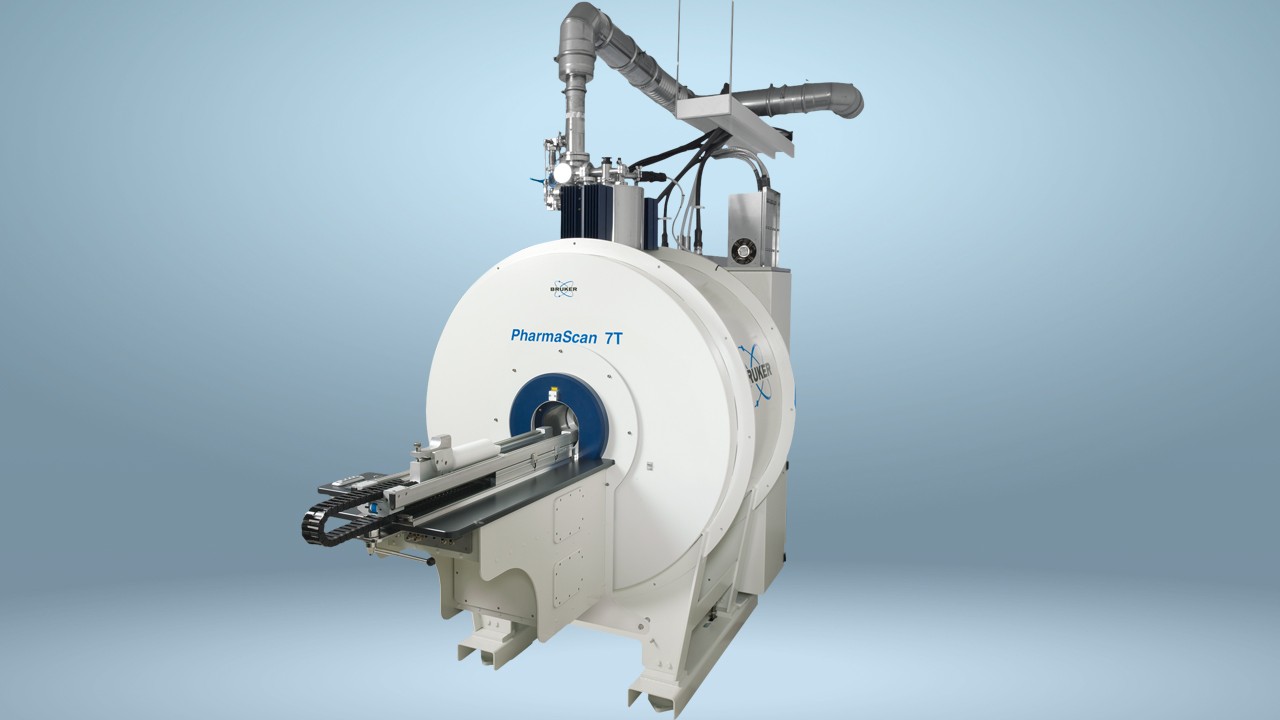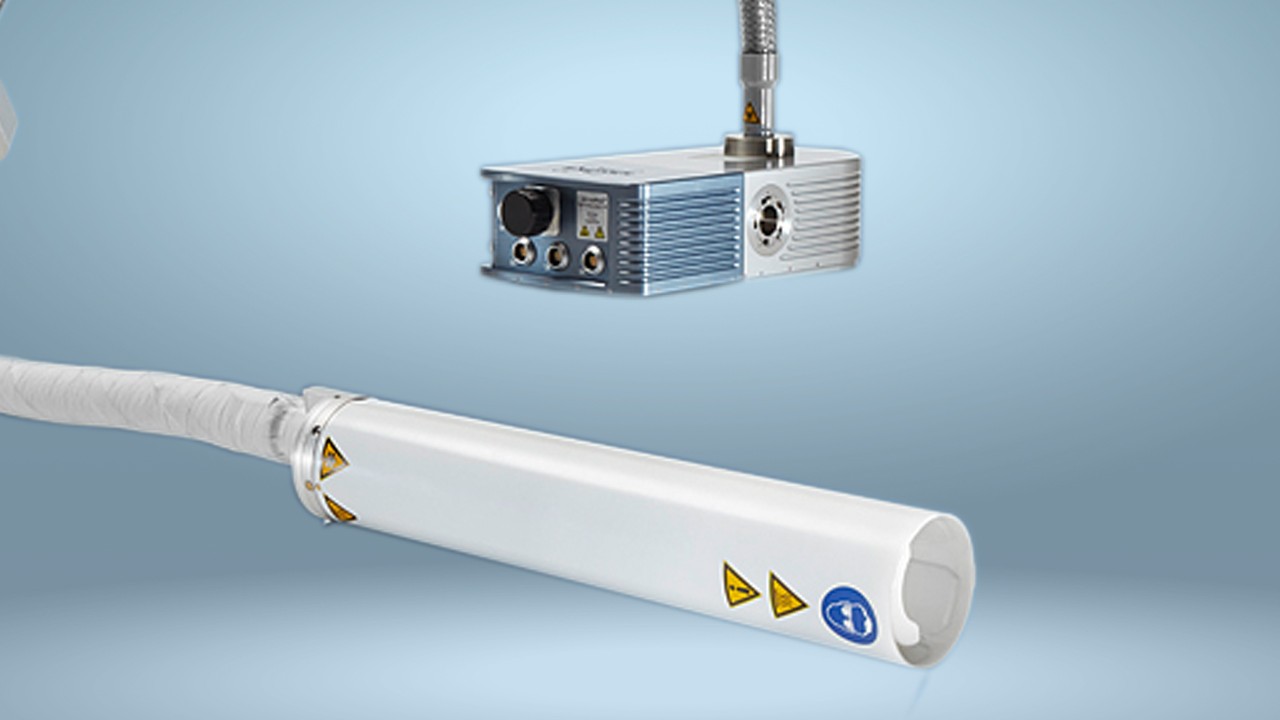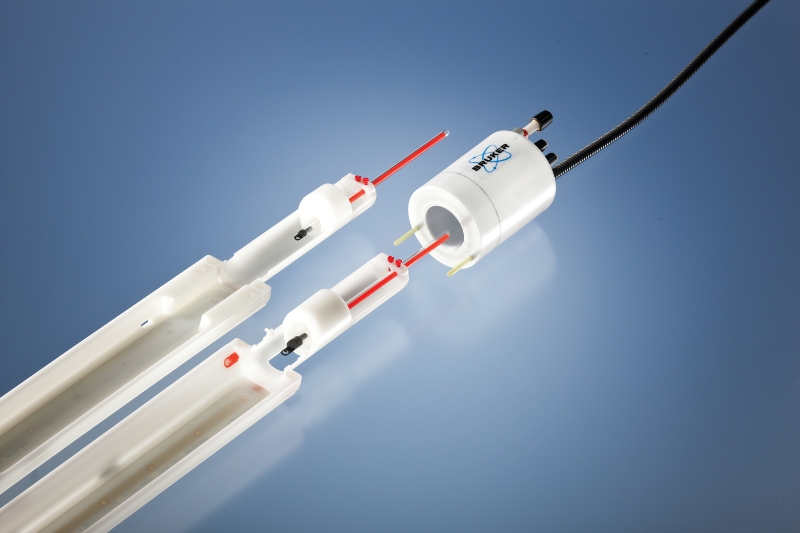

MR Spectroscopy of Neurotransmitters
Introduction
Magnetic resonance spectroscopy (MRS) is a method that provides unique insight into brain metabolism. Metabolite concentrations and evolutions that reflect pathological changes can be measured.
Proton (1H) MRS and MRSI
Proton (1H) (MRS) and Magnetic Resonance Spectroscopic Imaging (MRSI) exploit the fact that nuclei having non-zero spins are surrounded by electrons which partially shield them from the magnetic field of the magnetic resonance instrument (B0), leading to small shifts of the magnetic resonance frequency (chemical shift) of these nuclei. Depending on its chemical structure, each molecule can be characterized by a specific spectrum, i.e., a resonance pattern at different chemical shifts, the amplitude of the resonance pattern being related to the concentration of the corresponding molecule. 1H MRS is the most common modality of MRS, because it yields the highest detection sensitivity due to the abundance of 1H nuclei in biological tissues and fluids. Localized 1H MRS acquisition techniques provide spectra of metabolites in the body. In the brain spectra of important neurotransmitters such as glutamate, N-acetylaspartate (NAA), and choline-containing compounds can be obtained. MRSI of multiple voxels, such as chemical shift imaging (CSI), allows regional assessment of neurotransmitter and metabolite concentration. Localized 1H MRS and MRSI can assess regional differences in cell density, cell type, or metabolite concentrations and, with using a high temporal resolution, monitor functional changes in metabolite concentration and distribution. Moreover, techniques also allow detection of abnormal metabolism due to tissue pathology in preclinical models of human diseases.
MEscher–GArwood Point RESolved Spectroscopy (MEGA-PRESS) consists of two sub-experiments. In the first dataset, designated as on, a refocusing pulse is applied at 1.9 ppm to selectively refocus the evolution of J-coupling to the spins at 3 ppm. In the second, off dataset, the refocusing pulse is applied at 7.5 ppm so that the J-coupling is not influenced. When both spectra are subtracted a metabolic spectra can be obtained showing the GABA peak.
Webinars
Carbon (13C) MRS
Carbon (13C) MRS provides a tool to assess glutamate/glutamine cycling in the brain in vivo. The method is based on the fact that glutamatergic neurons lack enzymes necessary to perform glutamate synthesis and depend on the glutamine supply by astrocytes for glutamate production. During neurotransmission neurons release glutamate into the extracellular space which is taken up by surrounding astrocytes and is converted to glutamine at a rate proportional to the glutamate/glutamine cycle. Glutamine is passed to the neurons for the synthesis of glutamate. The process is tightly coupled to neuroenergetics where neurons and astrocytes cells take up glucose, lactate, and beta-hydroxybutyrate, while glia cells can also take up acetate and fatty acids which enter their respective tricarbocyclic acid cycles. By using time-resolved 13C MRS measurements with different 13C-labeled metabolic precursors e.g. glucose, lactate, or beta-hydroxybutyrate and metabolic modeling, the different metabolic pathways can be tracked with 13C MRS. The relative and absolute fluxes through a given pathway can be calculated from the specific labeling pattern. In addition, the infusion of 13C labeled glucose and acetate neuronal and glial compartments can be discriminated. 13C MRS can also be used to study many neurological disorders in which these pathways are pathologically altered.
ISIS localized 13C spectroscopy of mouse brain 2 hours after infusion of [1-13C] glucose bolus followed by constant infusion after overnight fasting.
Mouse model courtesy of R. Pohmann, MPI Tübingen, Germany

